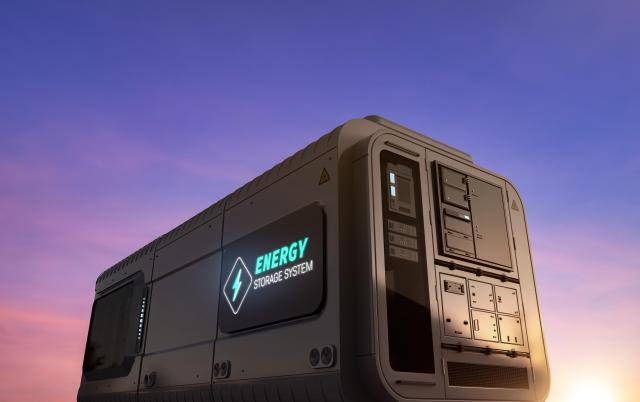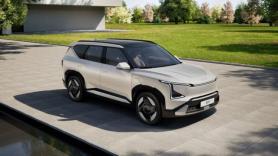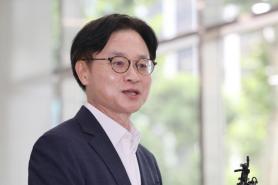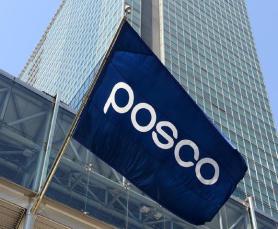
The outcome could reshape the strategic priorities of an industry grappling with faltering global demand for electric vehicles.
The Korea Power Exchange, under the Ministry of Trade, Industry and Energy, is expected to announce the winning bidder for the 540-megawatt ESS development project within days.
The initiative forms a central pillar of the government’s plan to modernize the national power grid and bolster capacity for renewable energy integration.
Consortiums led by LG Energy Solution, Samsung SDI, and SK On are expected to submit proposals featuring similar technical specifications but differentiated by cost structures, supply chain localization, and safety features.
The tender arrives at a critical moment for South Korea’s battery manufacturers, many of which are contending with slowing EV sales globally.
With growth plateauing as the sector moves from early adopters to more cost-sensitive mainstream buyers — a phenomenon some analysts call the “EV market chasm” — companies are increasingly eyeing ESS as a vital alternative growth engine.
In response, the government has adopted a weighted evaluation framework that assigns 60 percent of scoring to pricing and 40 percent to non-price criteria.
The latter includes domestic industrial contribution, fire and facility safety, and community acceptance, reflecting policymakers’ emphasis on supply chain security and public trust in grid infrastructure.
LG Energy Solution and SK On are seen as competitive on both pricing and safety, thanks in part to their adoption of lithium iron phosphate (LFP) battery technology, known for its affordability and thermal stability.
SK On, a relative newcomer to the ESS space, faces skepticism over its limited market experience and lack of a track record in high-volume grid deployments. Nevertheless, its LFP-based technology could offer advantages in safety and cost.
Samsung SDI, in contrast, uses nickel-cobalt-aluminum (NCA) battery chemistry, which provides higher energy density but carries higher material costs and fire risk. Yet the company has emphasized its domestic manufacturing footprint — most ESS cells are produced at its Ulsan facility — and proprietary safety enhancements, potentially gaining ground in non-price categories, including community acceptance and domestic contribution.
The project is the first of many under South Korea’s 11th Basic Plan for Electricity Supply and Demand, which calls for adding 23 gigawatts of ESS capacity by 2038. The stakes are high: the inaugural tender is expected to set benchmarks for future procurements, intensifying long-term competition among domestic battery firms.
Copyright ⓒ Aju Press All rights reserved.




